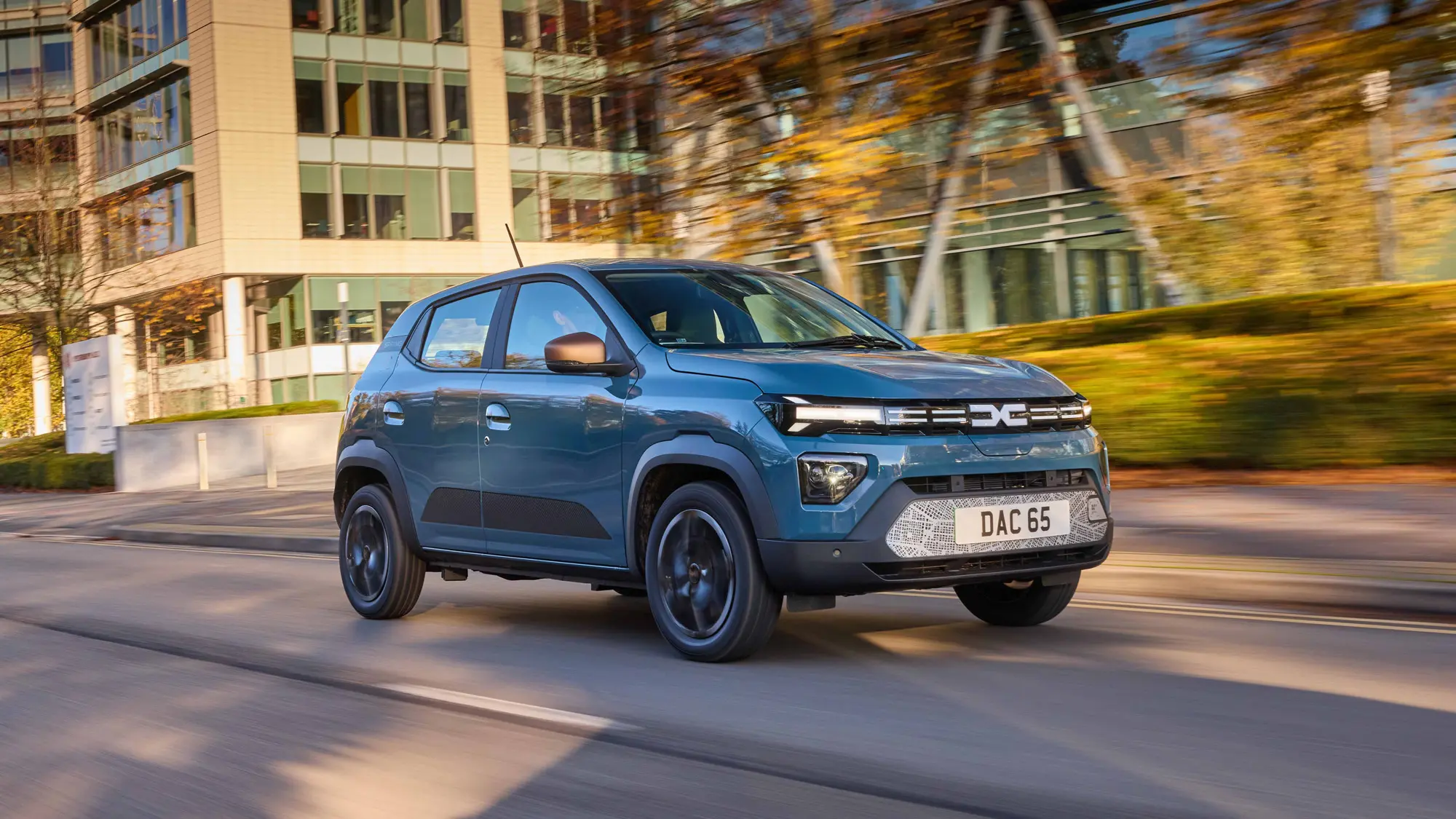Progress is a fundamental expectation for humans. As time advances and knowledge expands, consumers naturally anticipate improvements.
This has certainly been the case for vehicle dependability, which he has tracked for decades through its annual Vehicle Dependability Study (VDS).
For most of those years, vehicle dependability measured by owner-reported issues after three years of ownership has shown steady improvement. However, a key takeaway from the 2024 U.S. VDS is that dependability has declined.
Even more concerning is the rate of this decline. Historically, improvements were expected and often achieved, but comparisons between J.D. Power studies at the 90-day and three-year marks reveal a growing problem.
Last year, the increase in reported issues from 90 days to three years was 12%, but this year, it has surged to 17%. The five-percentage-point decline from 2023 signals a worsening trend.
Unexpected Findings
Considering the industry’s trajectory, the rapid decline in vehicle dependability comes as a surprise.
Consumers are encountering more problems, not just with new technology but also with long-established vehicle components once thought to be reliable.
Also Read: The Role of Autonomous Vehicles in Widening Social Inequality
Beyond the complications associated with over-the-air (OTA) updates, fundamental systems such as check engine lights are becoming more problematic.
Adding to the frustration, manufacturers’ efforts to resolve issues via software updates are, in some cases, exacerbating problems rather than fixing them.
Over-the-Air Challenges
Automakers tout OTA updates as a way to enhance vehicles over time, yet for many owners, they have become a source of frustration.
Common issues include updates freezing mid-installation, rendering radios inoperative, and wiping out radio presets, forcing users to reconfigure their infotainment settings.
Additionally, some OTA updates take as long as three hours to complete, further inconveniencing customers.
Wireless device charging is another pain point. This year, the most significant rise in reported issues was with wireless charging pads.
As new smartphones are released, some charging pads fail to support them properly or at all. Automakers must prioritize long-term usability when integrating in-car features.
While a charging pad may be designed for current phones, future models may not be compatible due to size changes or other design updates.
Another issue that surfaced this year involves USB ports. As technology progresses, the industry has transitioned from USB-A to USB-C connections.

Many vehicles were originally designed with USB-A ports, but with the widespread adoption of USB-C, this shift has become a challenge for vehicle owners.
This dilemma is not new for manufacturers. Designing vehicles requires anticipating technological changes, yet they must balance immediate consumer needs with future-proofing their designs.
More often than not, short-term considerations take precedence over long-term planning.
Persistent Irritations
One of the most intriguing findings in the 2024 VDS is the continued frustration with driver-assistance systems, which may even worsen over time.
Despite expectations that drivers will acclimate to features that beep, buzz, or vibrate in response to perceived errors, many never do.
Manufacturers often assume drivers will “get used to” these alerts, seeing them as part of adjusting to a new vehicle. However, the study suggests this adaptation frequently does not occur.
Even after three years, drivers still find these systems annoying. Alerts that activate at inconvenient moments remain a constant source of frustration.
In many cases, the irritation grows rather than subsides, making the features even more exasperating.
The key takeaway is clear: once something is annoying, it tends to remain annoying. The vehicle should adapt to the driver, not the other way around.
It is vital for automakers to acknowledge the rapidly evolving nature of automotive technology. Vehicles are remaining on the road longer than ever, while technology is advancing at an unprecedented pace.
Given consumers’ expectations especially regarding frequent phone upgrades manufacturers must design vehicles that can keep up with these changes. Rather than focusing solely on immediate functionality, long-term adaptability must be a priority.
Also Read: How the Lack of Competition in the Auto Industry Drives Up Car Prices in America
Recurring Issues
Perhaps even more surprising than the problems linked to new technology are the fundamental issues that have resurfaced, despite being addressed by the industry for decades.
This year, owners reported problems such as malfunctioning check engine lights and faulty door handles. The recurrence of these issues raises concerns about why such basic problems are making a comeback.
Many of these issues such as increasing squeaks, rattles, and persistent check engine lights take time to fully emerge. While short-term quality is important, long-term reliability deserves equal attention.
It is concerning that, despite expectations of continued progress, vehicle dependability appears to be in decline.
This year’s study has provided valuable insights for both manufacturers and consumers, emphasizing the need for increased vigilance in an industry facing troubling trends.

